Picture of the Week
In these longer Sunday posts I try to open with a picture of something special - the only criterion being that they relate to something, or somewhere, encountered by me at this time of the year “whilst out walking.” If you happen to be in the same place at around the same date then it is something you could also encounter. You would have to travel a bit for this stunning bird, seen in a spectacular field of buttercups. A Black-tailed Godwit (Limosa limosa) that we met in northern Iceland a few years ago. They tend to be found in remote places, this one was on breeding territory, and the species is classed as “near threatened”. This, the Icelandic subspecies, Limosa limosa islandica, also breeds in Faroe, Shetland and the Lofoten Islands. Godwits from the Icelandic population winter mainly in the United Kingdom, Ireland, France, and the Netherlands, while some fly on to Spain, Portugal, and perhaps as far as Morocco.
A very handsome bird - and it makes a stunning picture too..
Creatures encountered this week whilst out walking were documented daily in shorter posts to this newsletter. You can visit the home page to see what they were, should you have missed anything. As a consequence, my main themes today are circling around native plant and wildlife gardening and not the week’s bestiary.
Baby Bunny
Friday evening around supper time, this very small eastern cottontail rabbit had been let out by mum to explore the local eateries. Ever so cute … and well behaved too as he dutifully ate grass and occasionally some clover while leaving the show plants alone.
Growing a Mead
Although I make use of it, there not being much option really as they have a monopoly of the market, I don’t like to say supportive things about Facebook. They are not nice people over there. Still, once in a while it comes up trumps and a few days ago brought to my attention “We Are the Ark”
The ARK in this case being an acronym for Acts of Restorative Kindness, described as “Weaving a patchwork of safe havens for Nature globally, in our gardens, schools, public spaces and beyond.” You can visit their website at:
This project was developed by a landscape designer, Mary Reynolds. She is based in Ireland and tells us that she is “a reformed internationally acclaimed landscape designer who launched her career at the Chelsea flower show in 2002 … We are the ARK, is a practical groundswell movement that shifts the environmental game in nature’s favour. The time for gardens as canvases for our creative pleasure is over. Everything must change and if we are to save the planet, then we must start with our own patches of it.” She describes the spark that stared it thus:
One fine morning last year, I was sitting at my desk looking out over my garden when something happened that made me realise how we can all become part of the solution to the crisis we are facing with nature. A fox ran across the garden. Then two hares. Soon after, I lifted my head to see a family of hedgehogs scuttle along the edge of the hedgerow. All these creatures were running away from something and it was like the reverse of the Ark stories I had heard as a kid. When I went to investigate, what was happening, it turned out that the neighbouring field across the road was being cleared by a digger. A house was being built at the top of the field and the owners had gone in and cleared out years of growth. Brambles, bracken and a thicket of thorny trees and plants that was a home for many families were wiped out in an instant. All these families had suddenly lost their homes and they had to move into a wild field beside my garden which already housed a lot of creatures with little room and resources. This cleared ecosystem across the road was to be replaced with a monoculture of grass lawn that would get no use, support no life and would require constant maintenance. The owners were completely oblivious to the destruction they had caused to countless creatures.
At that moment, ‘We are the Ark’ was born. Individuals can’t save the world alone. But if millions of us work together to save our own patch of earth—then we really have a shot. How do we do it? With Acts of Restorative Kindness (ARK). An ARK is a restored, native ecosystem. It’s a thriving patch of native plants and creatures that have been allowed and supported to re-establish in the earth's intelligent, successional process of natural restoration. Over time, this becomes a pantry and a habitat for our pollinators and wild creatures who are in desperate need of support … one person’s actions can effect big change in this world. Even the tiniest postage stamp patch of land matters!
I confess that habitat restoration and wildlife gardening is a topic with many books and websites, too many of which lack scientific evidence and rely on folk beliefs and woo. Sometimes, fairy illustrations appear in these works. I usually wish them well and hope their gardens succeed. However, this website differs from those. The author is knowledgeable and presents clear objectives and practical suggestions. You could even hire her as a landscape designer for your project.
I encourage you to visit this website. It offers practical ideas to contribute positively to local biodiversity. This aligns with my original intention for this newsletter: to introduce readers to the surprising richness of mammals, birds, insects, and plants we can find in our surroundings..
If you are still hovering on the edge of making the leap from lawn to wildlife garden (a mead) then I commend this to you as a place to find ideas and her linked Facebook page as somewhere to see what others are achieving.
Our garden has become excessively hot lately, with daily temperatures regularly exceeding 27C, which is the critical temperature at which tomato pollination fails. I fear my crop will be less prolific this year. Yesterday we touched 32C (feels like 38C). However, we have peppers, chard, spinach, roquette, and other edible plants, so we don’t starve.
Summer flowers are starting, and the garden will soon be brightly colored. Our small acreage has over 50 native plants that attract insects, produce seeds and fruit, and support the web of life. For instance, our garden pond has …
Pontaderia - Pickerel Weed
We don’t garden by a lake or river so sometimes have to bring plants native to those habitats to a prepared watery environment provided by or garden pond. For many years, Pontaderia has been a favourite and it is in full flower right now. The species is endemic to this continent. It will flower throughout the rest of the summer and is a great attractor of pollinator insects. Occasionally the rhizomes need dividing as it does have thuggish tendencies, but that is easy to mange. Grows in mud or water up to about a foot deep.
To close this week, let’s have another photograph. This time it's an infrequently seen and quite spectacular butterfly found in the garden. This is a Fire-rimmed Tortoiseshell Butterfly (Aglais milberti). Its distribution is wide but they are not common and generally are found in damp woodland and on marshes. For plants that support its eggs and larvae look for lilac, thistles, mints and goldenrod - of which we have a good supply. There is information about this spectacular insect available on the Internet, including the curious and somewhat controversial status of its taxonomy - since it’s first appearance in the literature in 1819 it has changed its scientific name seven times! Meanwhile, just enjoy this picture - we spend a lot of time looking for creatures like this but it has only appeared once in this vicinity.




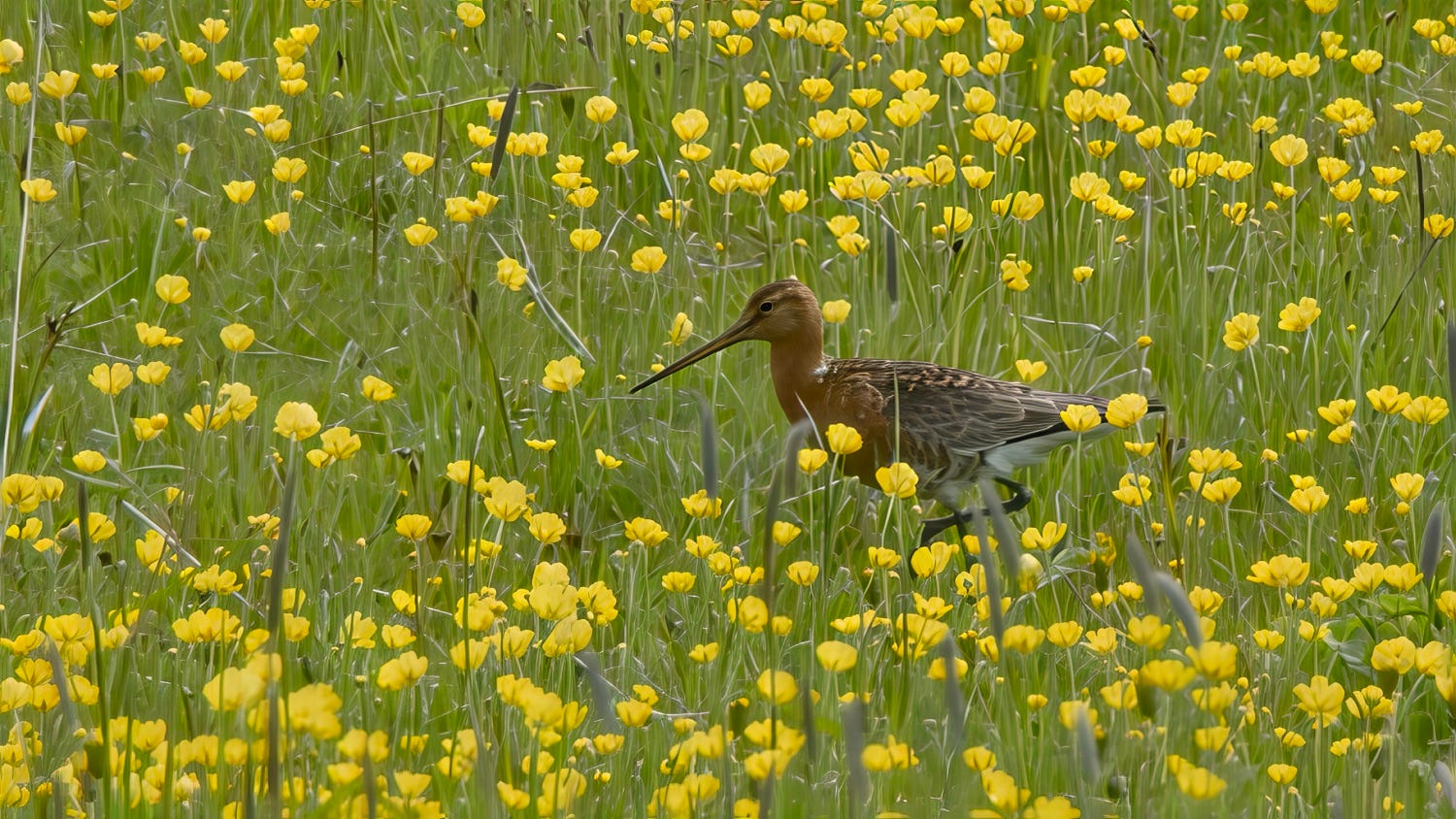
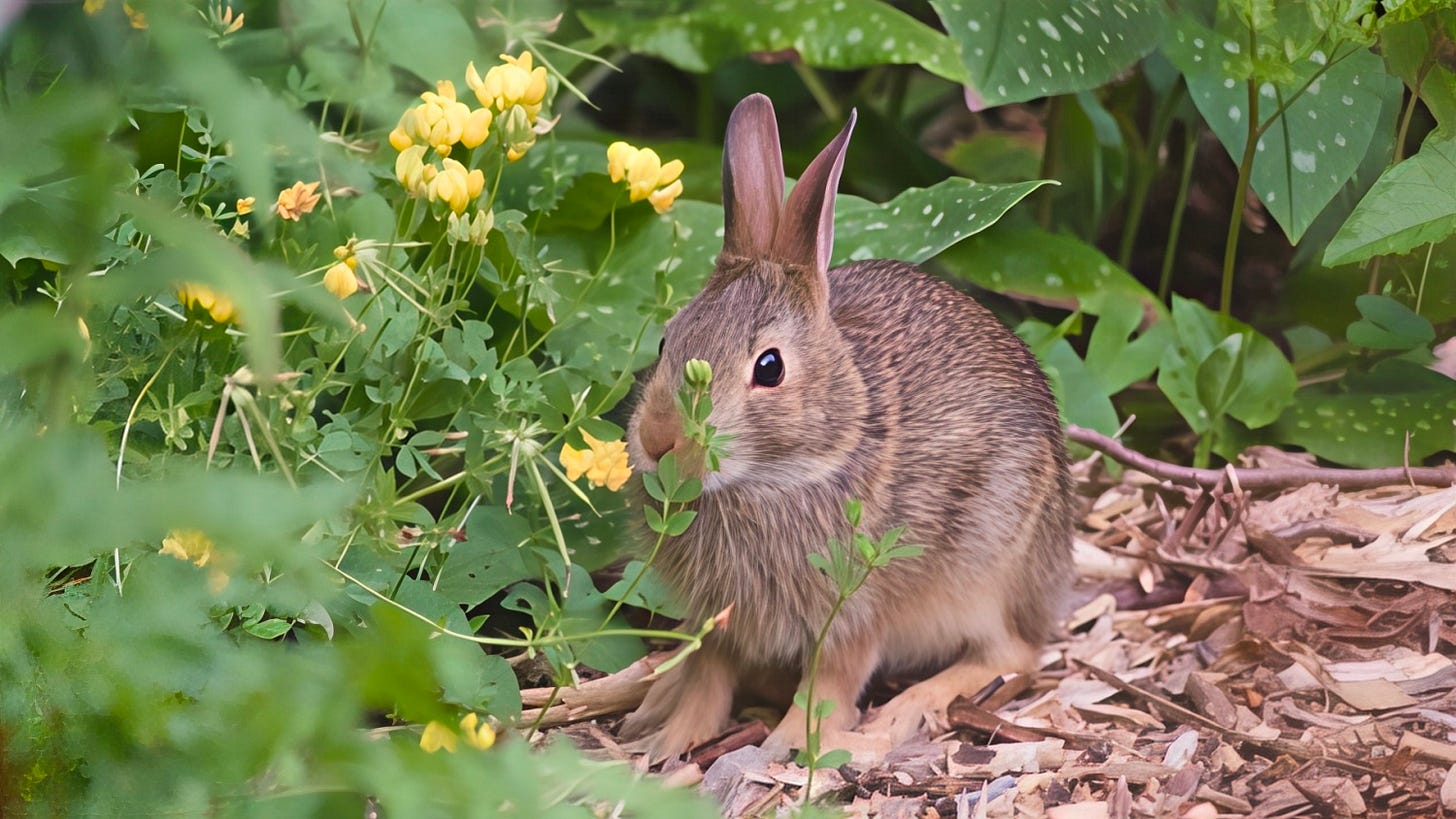



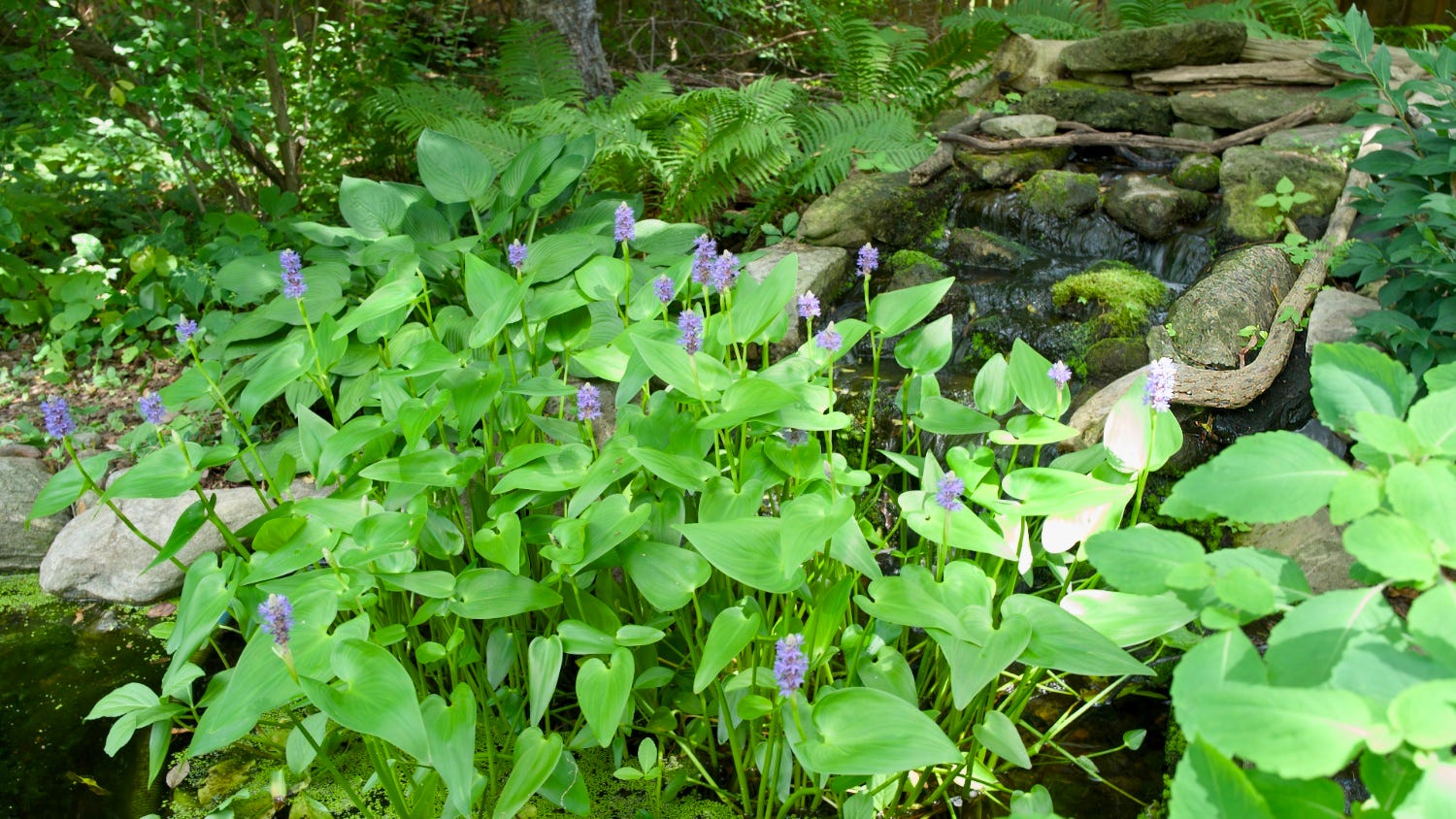
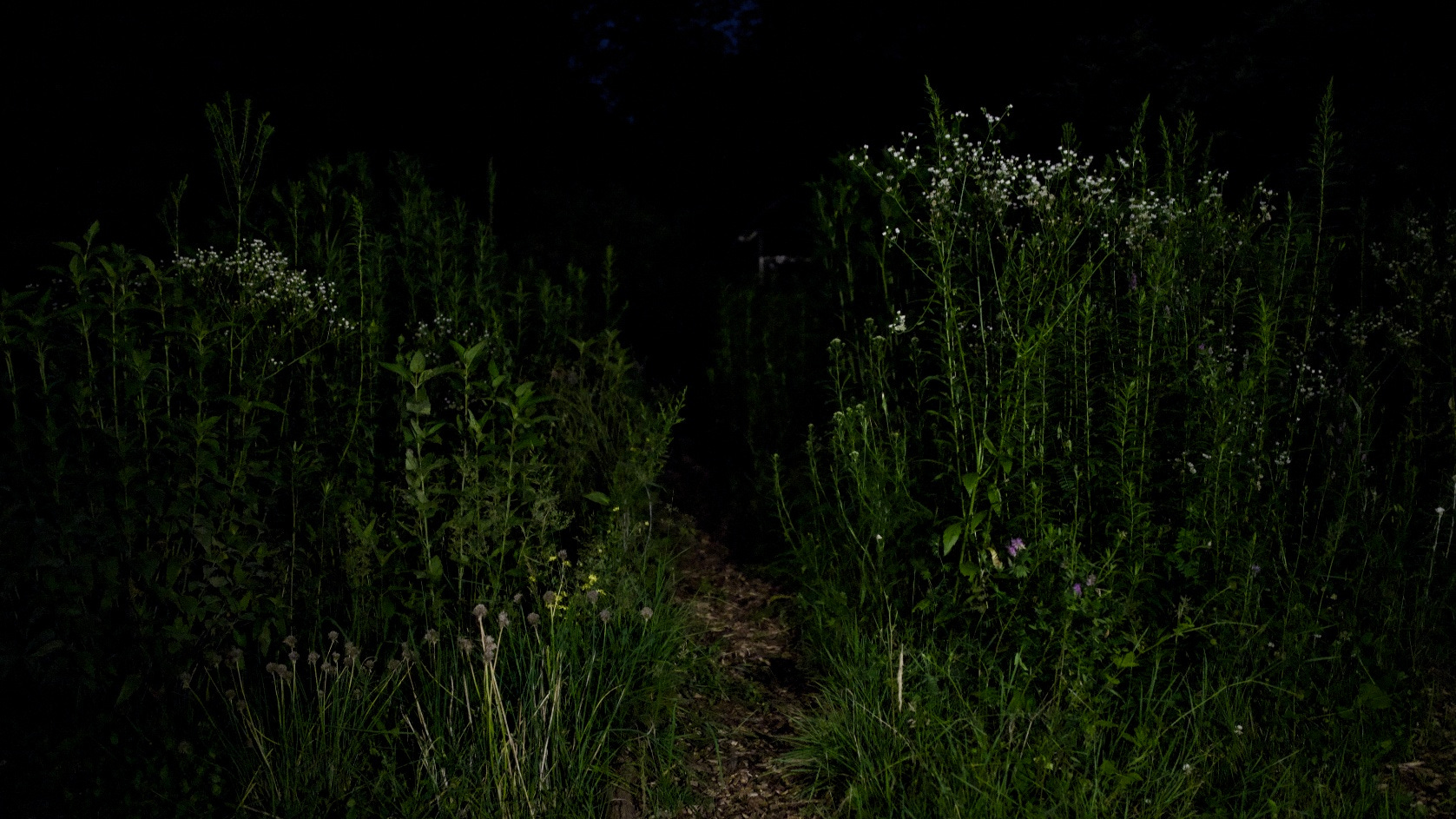
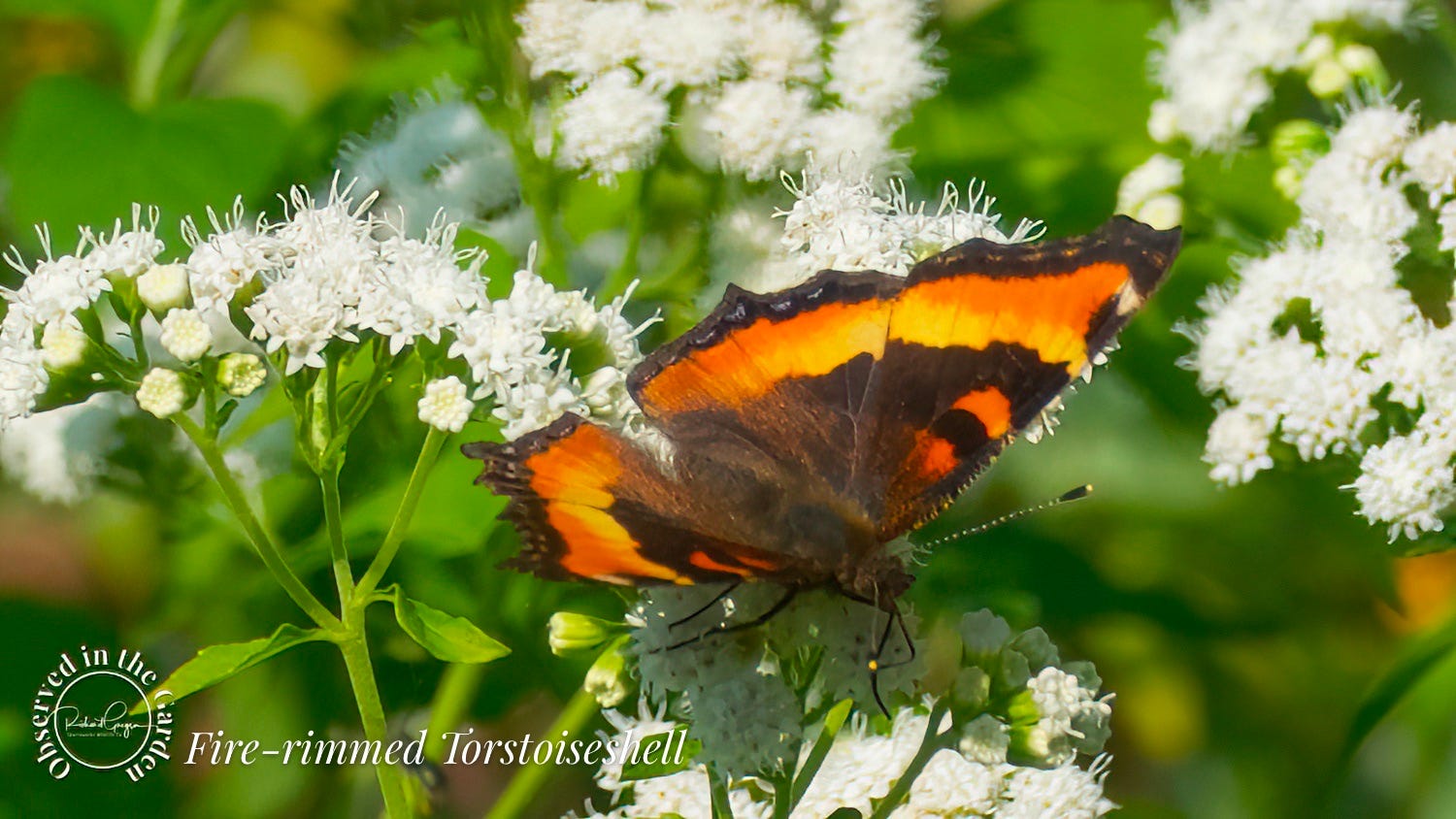
Beautiful pic of the godwit - I’ve only seen it once, in the UK. We too have baby bunnies, also tiny chipmunks. The pickerel weed in our pond disappeared, I suspect the muskrat family ate it.
And as we’ve discussed, I’m a huge fan of meads 😍
Black tailed Godwits are beautiful birds, we were lucky enough to see a small flock of them the weekend before last on the East Lothian coast, not far from Edinburgh.
I like the fact that your bunny knew not to eat the show plants.
I'll definitely check out the We Are The Art website too, sounds excellent